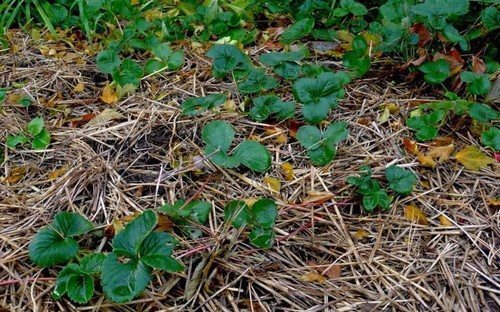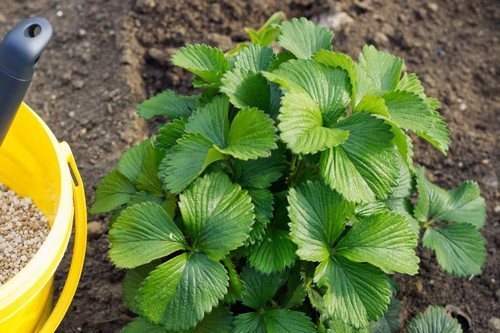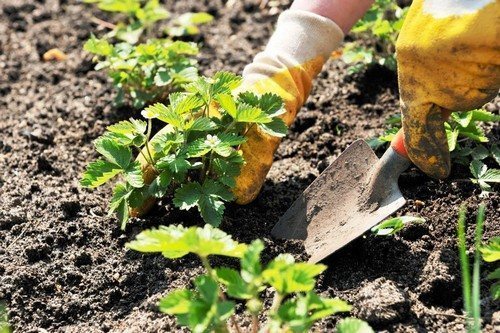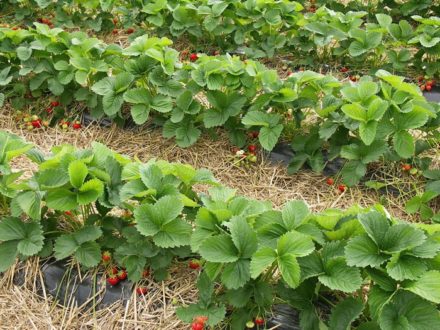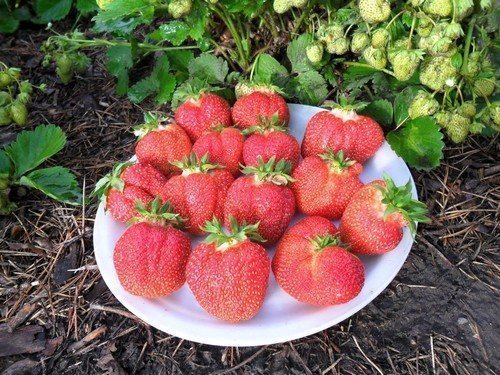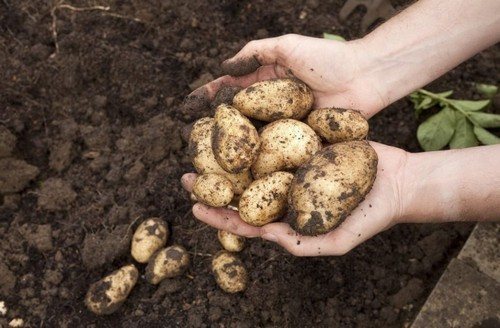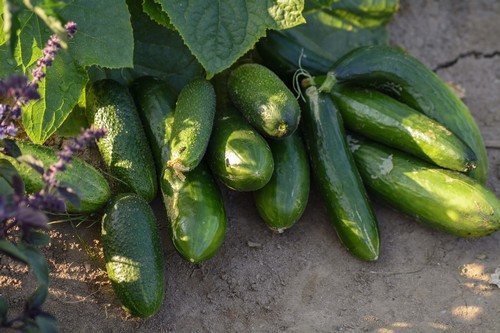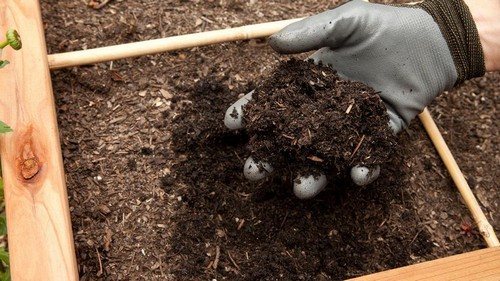Fragrant berries are among the first to reach our table at the beginning of summer. And of course, most experienced gardeners do not really dream of growing a rich harvest of strawberries. So that you have enough to enjoy fresh berries and make preparations for the winter.
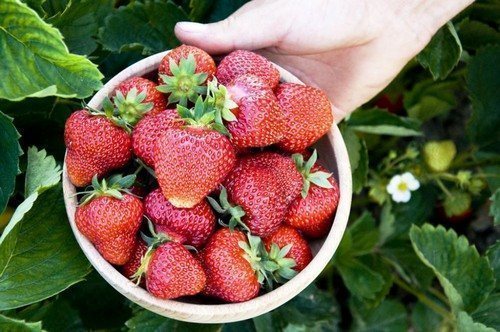
But strawberries, as tasty as they are, are also capricious. Wrong though. She just loves attention and care.
Choosing a plot for strawberries
Strawberries show the best yield on loose, fertile soils with neutral acidity. Good lighting of the area and protection from the wind will increase the chances of success. Do not plant seedlings on slopes. In the spring, the snow above will melt faster and the strawberries will lose protection from frost. Water will accumulate at the bottom. If possible, preference is given to flat areas.
The best predecessors for strawberries are onions, garlic, and legumes. By the time the seedlings are planted, these crops are already bearing fruit. Neighborhood with nightshade vegetables is undesirable - they have common pests and diseases.
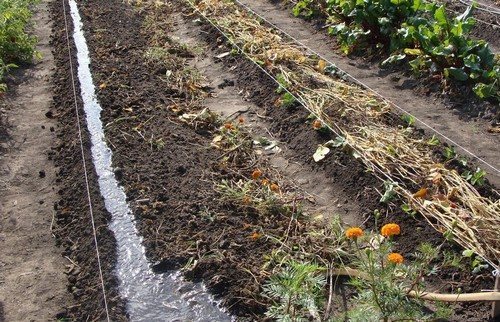
Preparing the soil and seedlings
The soil is dug up to a depth of 40-50 cm. Weeds are selected. Inspect for pests. If three or four chafer larvae are found on the first square meter, then it is better to look for another area. There is a high probability of losing not only the harvest, but also the plantings in a couple of years. If this is not possible, then carefully select the larvae.
A mixture of humus, peat, and turf soil is added to the sandy loam soil at the rate of two buckets of the mixture per square meter. On loamy soils, instead of turf soil, sawdust is used in an amount of one or two kilograms.
A week before the expected start of work, you can apply universal fertilizer. In order to reduce soil acidity, add a glass of wood ash to one square. Slaked lime is not used.
Seedlings must look healthy. Three or four dark green leaves, a well-developed core and a stem system are the key to an excellent harvest for more than one year, regardless of the chosen variety.
It is better to pre-disinfect the roots of purchased seedlings. Prepare a solution from half a teaspoon of copper sulfate, a teaspoon of table salt and five liters of water. Seedlings are planted after dipping the roots in a clay solution. It is better to replant seedlings from your own plot with a clod of earth, without taking any action.

Landing
To obtain a harvest for next year, plants are planted in August. But it is worth taking into account weather conditions. It is better to wait out hot, dry weather.
Strawberries are planted in prepared holes using the two-line method with a step of 30-40 cm. Leave up to 50 cm between rows. The one-line method is becoming increasingly popular. Before planting, the holes are well watered. The roots are straightened. Make sure that there are no voids between them and the soil. The heart shape should be level with the ground.
There are many ways to protect strawberries from pests and weeds. Many people recommend using film.Carefully! If there are mole crickets, snails or slugs on the site, it is better to refrain from using it.
According to experienced gardeners, they have not yet come up with anything better than mulching the beds with bark, pine needles or straw.
For the first winter, planted strawberries are covered with straw or spruce branches.
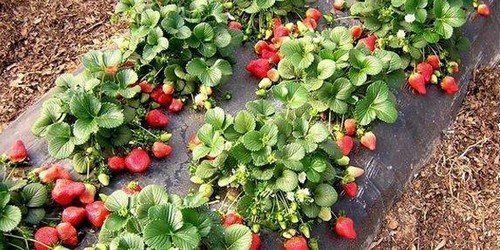
What you shouldn't forget in summer
As a rule, most gardeners begin to care for strawberries in early spring and happily forget about them after fruiting until the fall. And they deprive themselves of the harvest in a year. Immediately after the harvest, strawberries begin to actively lay buds for the next season.
- In spring, the soil is loosened and strawberries are fed. It is better to use specialized fertilizers.
- Another feeding is carried out before flowering begins. At the same time, the plants are weeded if necessary. Use mullein infusion or nitrogen fertilizers.
- During flowering, treatment is carried out with agents that increase the number of ovaries. If the berry bush looks good, forms a lot of flowers and ovaries, then you should not do any fertilizing until the end of fruiting. Watering should be plentiful.
- After picking the berries, the beds are loosened, the tendrils and yellowed leaves are removed. Apply fertilizers high in nitrogen, phosphorus and potassium.
- Provide watering at least once a week, as well as timely treatment to remove weeds and shoots.
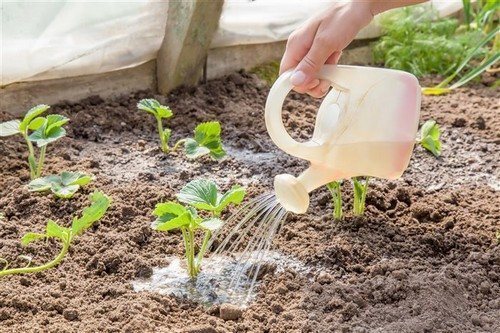
We remember the need to constantly update planting material
Strawberries grow in one place for no more than four years. Then the berries become smaller and the plants begin to hurt.Therefore, strawberries need to be constantly updated and planting sites changed. You should not use exclusively your own planting material. It is better to regularly replant strawberries from nurseries.
Spring is already on the doorstep. Pleasant chores await summer residents in the new season. It is desirable that the results do not disappoint.


